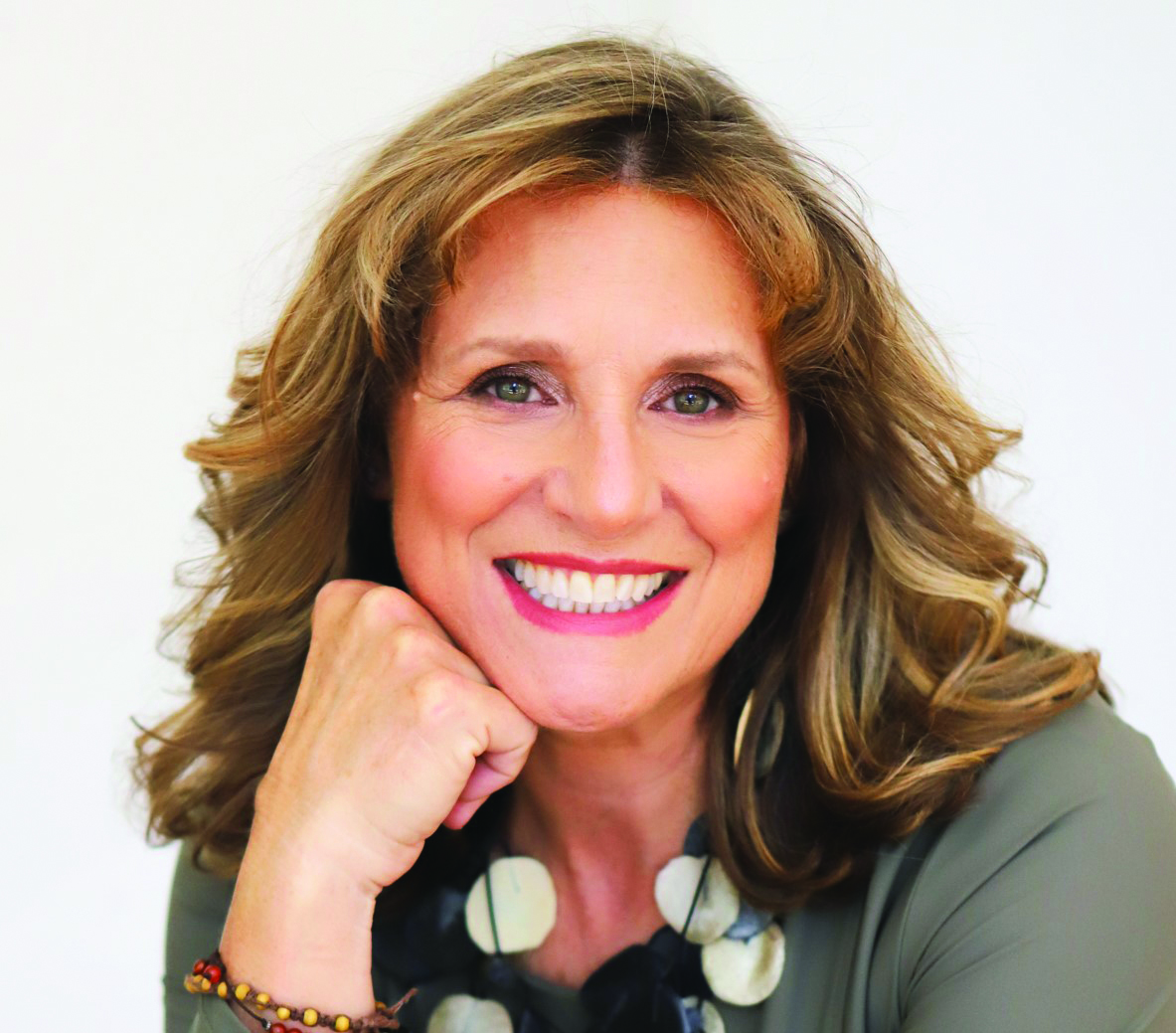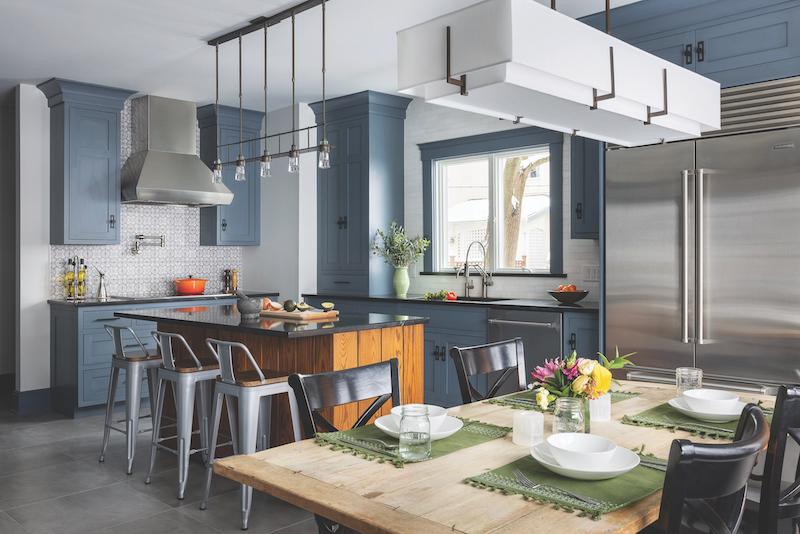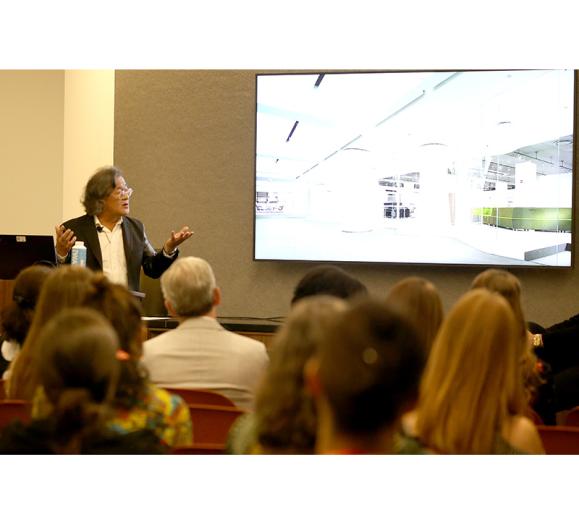Last October Pam McNally, SVP of Marketing for the National Kitchen & Bath Association, invited me to join a panel at High Point Market to discuss how interior designers can increase revenue by bringing the world of kitchen and bath to their business. I was joined on this panel by my friend Rachel Moriarty of Rachel Moriarty Interiors, in San Diego.
Although our design styles are different, we both understand the importance of kitchen and bath design as it relates to our businesses.
All three of us were pleasantly surprised to find we had an overflow, standing-room-only presentation. It seems that interior designers have long been on the fence about incorporating kitchen and bath design into their practice.
Here is what we heard that day:
- Kitchens and baths can be scary.
- Design schools don’t really teach kitchen and bath design.
- It is a very technical aspect of interiors.
- How do we find the right products?
- How do we find the right contractors?
- Where do we start?
Kitchen Skills
I would agree that stepping into the unknown has its risks but also has rewards. Starting anything new requires some dedication to education.
After many years of specializing in kitchen and bath along with interior design, I can tell you kitchens require some unique skills to be successful. Of course you can contract out much of the work, but in the end you are responsible for the final product. It is easy to adjust the placement of a piece of furniture by an inch or two; that is just not the case with cabinetry or fittings and fixtures.
Let me share two stories with you.
I often am asked for consultations from interior designers about kitchens they are designing. Not long ago, a designer called asking for help in specifying a custom hood for a client. I asked what cooktop was specified, (I needed that for the size of the hood and the blower) what the local codes on make up air were (yes that is a code requirement in many states) ceiling heights, ducting and other questions I would need answered. I was told the cooktop was a small standard gas top, sent an image for inspiration and was asked to keep the dimensions under 18” in depth if possible and would ask about make up air.
Working with the information the designer supplied, finding a blower that would accommodate the dimensions required and the proper power for the “basic gas cooktop” we had the specifications for a custom metal hood which was sent to the appliance store.
The next day my phone rang. The appliance store suggested the need for a bigger hood and more powerful blower for the 36” pro style range top the designers client had purchased. When I inquired about this detail, I was told, “I never get involved in this, I leave it all to the appliance store.” Let’s stop here for a moment.
Understand the Details
Every aspect of kitchen and bath design really does require you to be in the know. Employing a laissez faire attitude will get you into trouble every time. I do not sell appliances, but I am in conversation with my appliance specialist throughout the design process. I have the specifications sent to me and I review them. That way if there is a question on the job or in the cabinet fabrication process I will be able to give an educated answer and alleviate any possible issues down the road. So how did that story end? I asked for the appliance specifications to adjust the hood design. In the end, the appliance store, the builder and the designer were happy. Should I have asked about the specifications? Sure, but this was a designer I knew who does a lot of kitchens and I trusted the information I was given. Next time I will know better but the designer hopefully will know better as well. You need to be all in with every detail of the design.
Another designer called and was having trouble understanding why a sink the client wanted would not work with the faucet the designer has specified. The sink is one of my favorites so I am very familiar with the product. The plumbing supply just told the designer it would not work but did not explain why.
Let’s pause again. Should the supply house help the designer? Maybe yes, maybe no. Customer service has changed a lot in the past three years. Interior designers rely on their sales reps for so much information. In my experience with plumbing fitting and fixtures, you are much more left to self-reliance.
Back to the sink and faucet. I asked for the model of the faucet the designer had specified. Due to the width of the sink, the faucet needed a handle which was either on the top of the faucet or one which moved from the center of the faucet toward the sink. I suggested my favorite faucet which worked perfectly. Designer and client were happy.
Do Your Homework
Once again it is the smallest of details which will make or break your kitchen or bath project. So how can an interior designer successfully bring revenue into their interior design practice with kitchens and baths? If you are committed to learning K+B design, take a course. There are great options available from the National Kitchen and Bath Association as well as numerous webinars all about K+B design. Attend the National Kitchen & Bath Association trade show KBIS. More and more interior designers are going to the show and learning so much about this aspect of design.
Find a kitchen designer you can work with. Invite them to be part of your team. For years I was referred to as “the kitchen gal,” “the kitchen person,” “my cabinet person,” which I never felt was very complimentary. Kitchen designers are highly trained design professionals. I am a professional, certified interior designer and kitchen designer who specialized in kitchen and bath. I am also NCIDQ certified. I have successfully worked with many designers who respected my expertise in K+B as well as my expertise in interior design.
As the world of interior design and the world of kitchen and bath draw closer together, you will find more and more opportunities to build your business and increase revenue designing kitchens. While the two have many similarities, there are also many differences. If you would like to learn more about the specifics of the business of kitchen and bath design, I would love to help coach you to K+B success. You can contact me for more information.

Her editorial comments and designs have been featured in Forbes, The New York Times, The WSJ, Design Milk, Bergen Magazine, Design NJ, NJ Home Magazine as well as several books. She has been a speaker at The International Surfaces Event, Kitchen and Bath Industry Show and has appeared on HGTV’s My Big Amazing Renovation and House Smarts.







